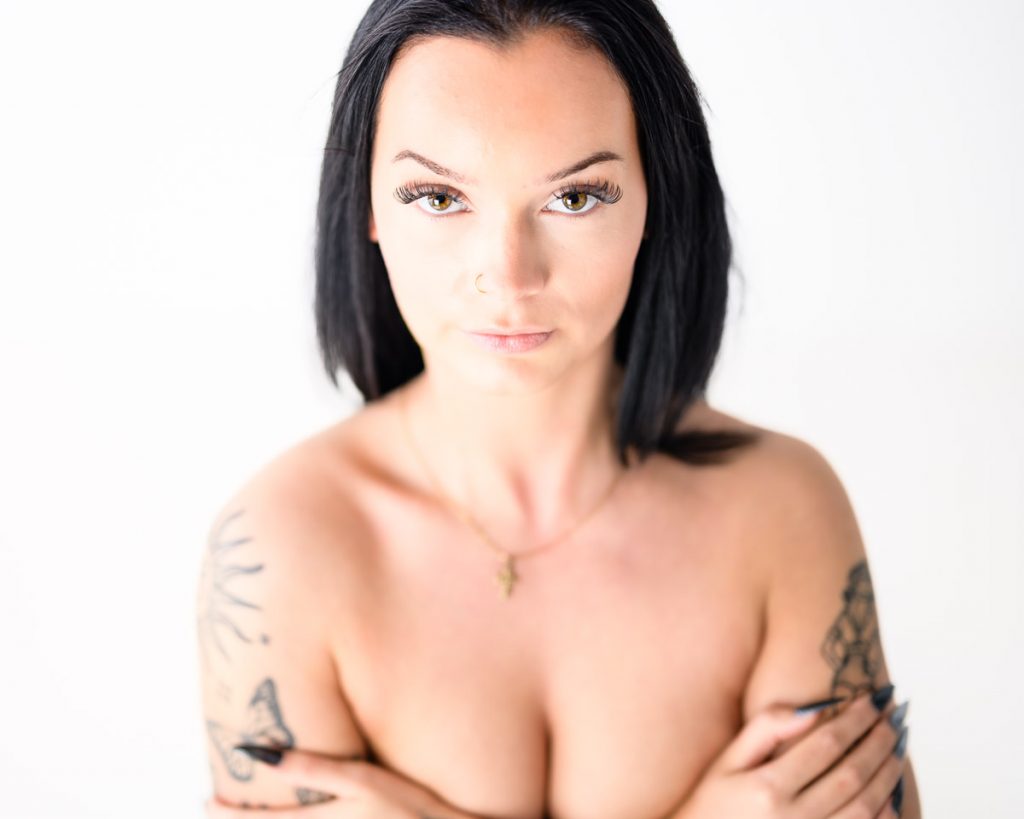
Nikon Z7
Nikkor Z 50mm f/1.2 S
50mm, 1/200 Sec at f/1.2, ISO64
Post Processed in Adobe Lightroom Classic V15.0.1

Family, Photography and other misc news

Nikon Z7
Nikkor Z 50mm f/1.2 S
50mm, 1/200 Sec at f/1.2, ISO64
Post Processed in Adobe Lightroom Classic V15.0.1

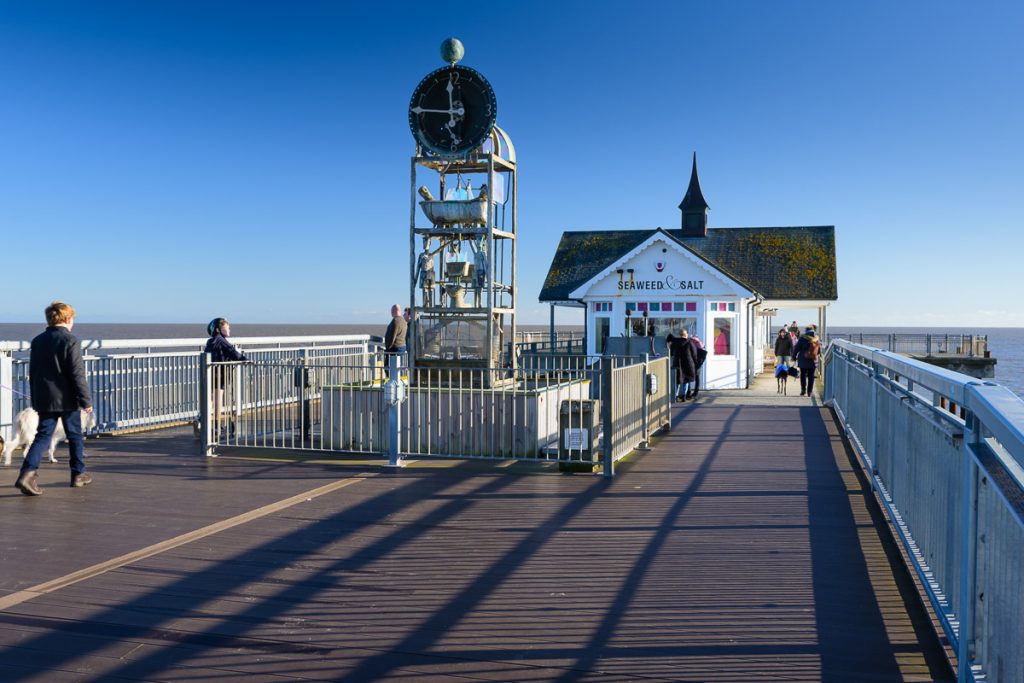
Most people with electric cars rave about them, those who do not, worry about range and battery issues. As with many things the truth is somewhere between.
If I needed a car for work, and drove long distances then whether it worked for me would depend on things like do I need to tow; am I heading north to south or south to north as most the main roads going up and down the country are well served with fast chargers.
If you are travelling around Yorkshire and many other rural counties, or some east to west routes, the charging opportunities are few and far between. Yes there are chargers but there in ones and twos, not large charging hubs. If you need to rely on getting a quick charge they could be in use or one could be faulty.
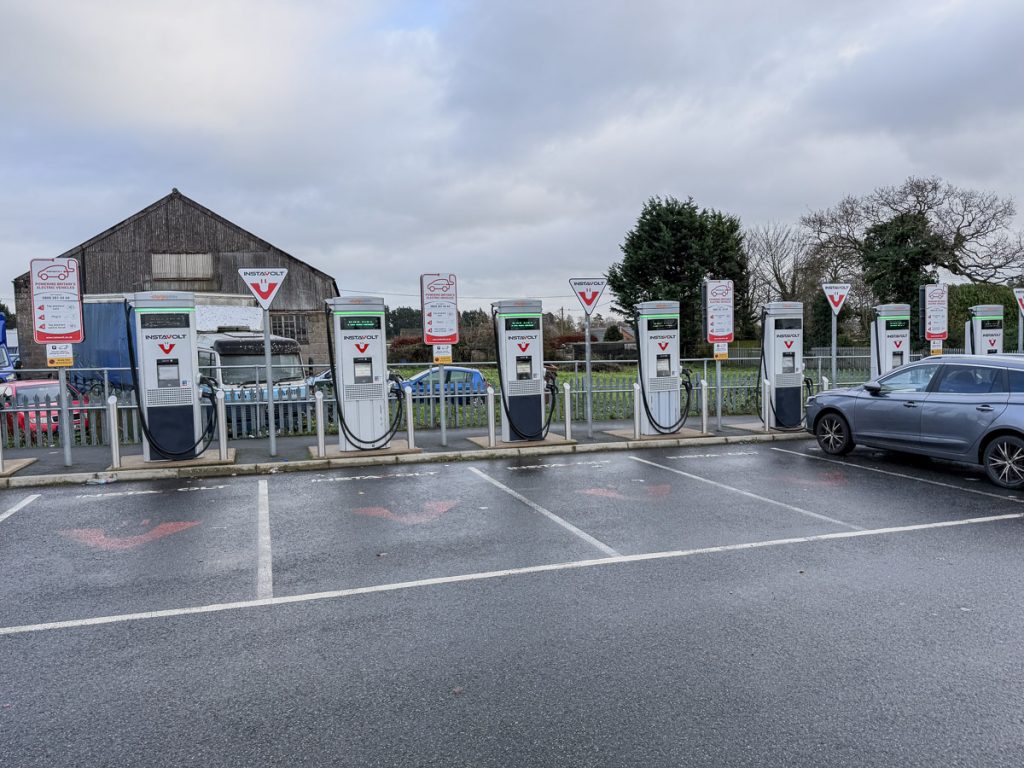
If you’re on holiday then there is no pressure. For our recently holiday the destination had little charging but the holiday cottage did advertise a charger, but would it work.
So the plan was to stop half way, get a lunch break and walk for Ted the Greyhound and during that time get a charge, so we picked a suitable stop that had eight chargers, so the odds of getting a charge was high. We would charge to a relatively high level to ensure we would arrive at are destination with 40% giving us options to get to a charger if the cottage charger did not work. There was places to walk Ted and the manager of the local Costa’s let us all in to grab something to eat and for the humans to have a comfort break as well.
The trip there starting from a 100% charge was easy, we had alternatives on route but just carried on; this particular hub was never showing more then 50% capacity so odds were good.
When we arrived two other cars were charging so plenty of room, we plugged in and started to charge; then we got Ted out of the car and took him for a brief walk to stretch his legs and have a comfort break.
Then we all went into the Costa’s after I made a quick enquiry if we could bring Ted in, which was met with an affirmative. Coffee and sandwiches were ordered and eaten, a quick trip to the toilet facilities and then a walk back to the car, by which time we had way more then enough for the trip ahead.
While in the coffee shop I had tracked the number of free stalls at the charging station, and our rate of charge. It had not taken long to get to our target charge and if the chargers had been busy I would have gone and unplugged and moved the car to the coffee shop parking to free up the space, but the eight bays never had more then five occupants.
The key for road tripping by an EV, is pick large charging hubs so your not waiting, have alternatives planned and always plan on doing something else while the car is charging so its not actually the charging your waiting for. We would have needed to stop, walk Ted and get something to eat ourselves anyway, so a perfect time to charge the car.
The charging network does need to be bigger, but with more cars coming with over two hundred miles of range, some of the higher end ones now at four hundred, charging times coming down to 16 minutes, we will get to the point that charging is easier and far more convenient then standing at a cold petrol pump waiting five minutes for the car to fill.
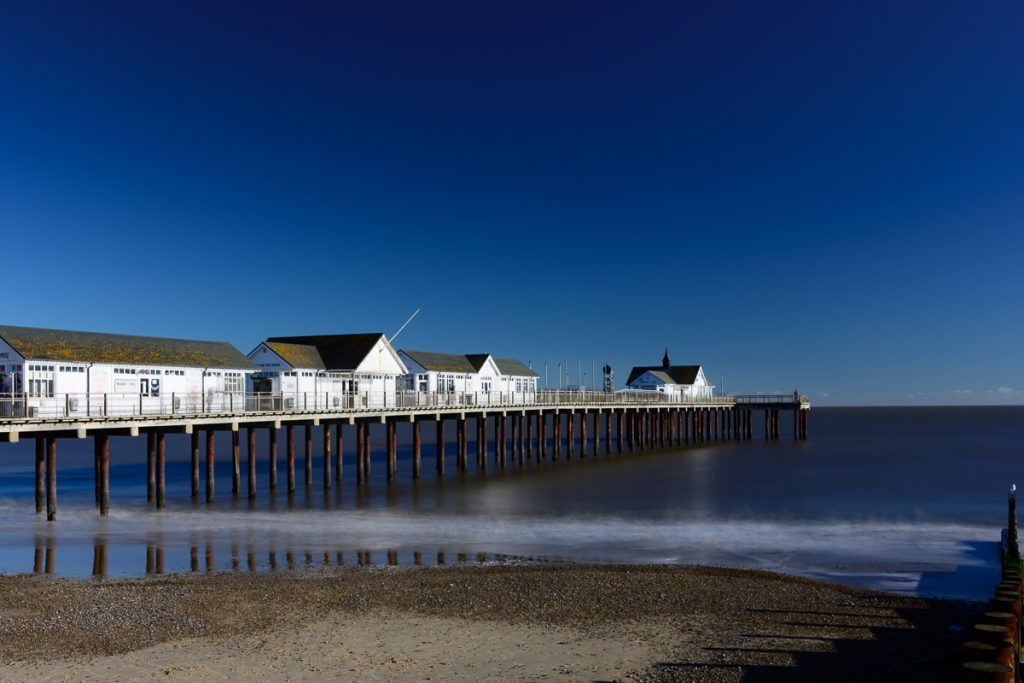
In the film days, filters were often used, an 81a or 81b to warm up an image a little. Graduated filters to bring down the exposure of the sky. Polarisers that cut glare and reflections, enhancing the colour.
Now with digital we can warm or cool an image with a few clicks. With the better dynamic range of todays sensors we can use graduated filters in software.
There are times that filters can still be useful. In this image I used a polariser to enhance the colour and a neutral density filter to slow down the shutter speed to a few seconds. This blurred the sea and made many of the people on the pier disappear.
If you photograph moving water, try using a neutral density filter shoot from half a second to about a minute and look at the results to find the shutter speed you prefer.
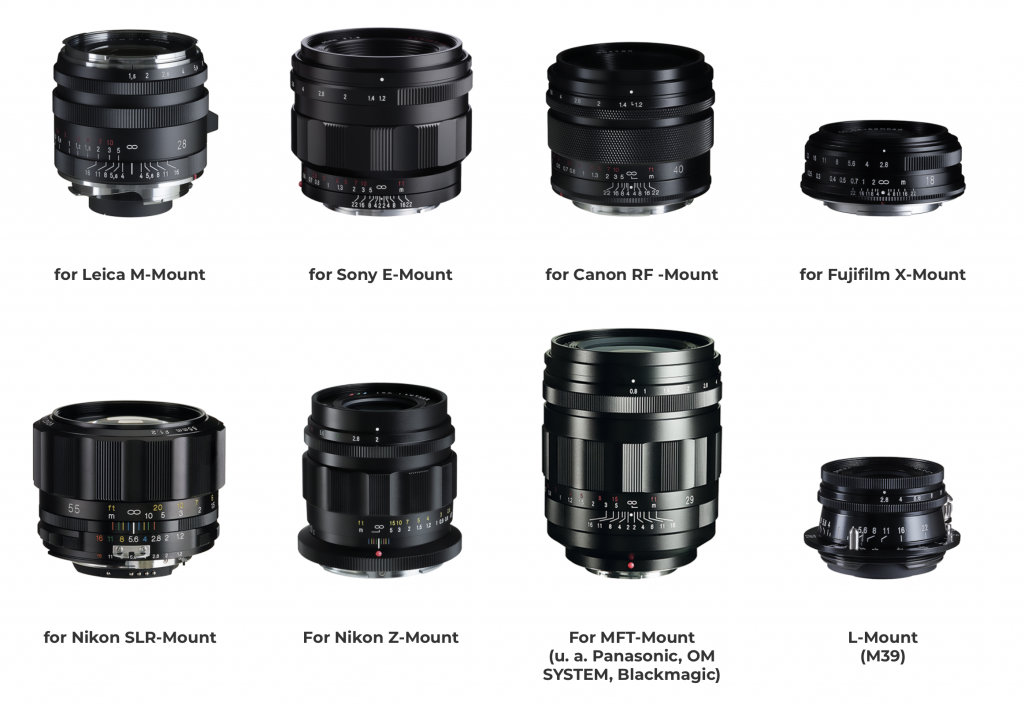
Many people by a camera and then stick to that manufactures lens, and with good reason. They do tend to be slightly better. Often for cost saving reasons people will go for 3rd party lens.
As many who use MicroFourThirds cameras have discovered, having a mirrorless system opens up options to many different lens, both new and old.
Voigtlander are now making quite a name for themselves with a range of older classic designs and newer manual focus lens. Some APO designs are cutting edge, others give an older shall we say flawed but more pleasing image rendering. Some even combine to give a more old fashioned image when wide open but then a couple of stops closed down give a sharp modern image.
Being a Leica users, adding one to my kit is tempting, and with a M to Z adapter the lens can do dual duty on multiple Nikon Z bodies.
But buying native Z mount version does give me electronic lens coupling, focus confirmation and aperture meta data in my images.
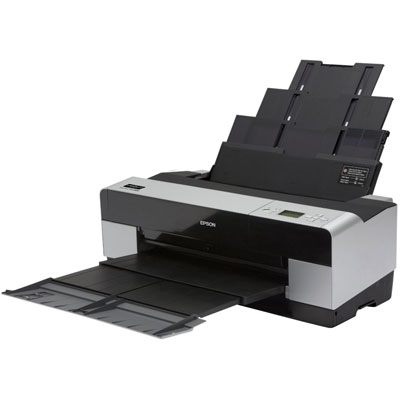
I like my prints; to truly appreciate a photography it needs to be printed and sometimes quite big. I have a Epson large wide carriage, the 3880.
Most consumer printers have small ink cartridges and the cost of ink is high. The bigger printers have larger ink cartridges and work out a lot cheaper.
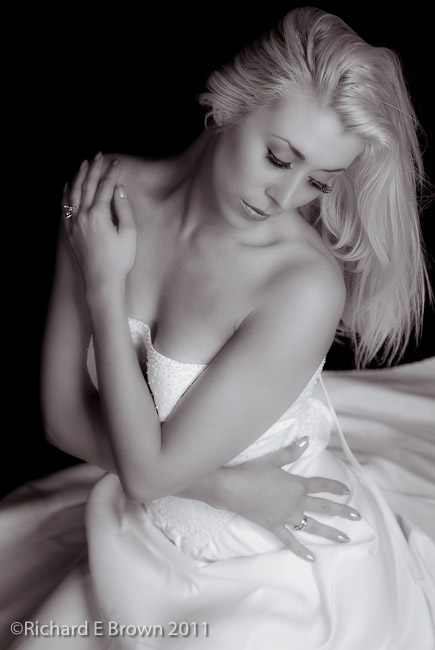
Still today I was doing some test prints and my printer ran out of five ink cartridges all at once. Its been an expensive day.

Last week was Remembrance Day.
On the Sunday before we had a church service in the village; unfortunately I was working. The grave yard was decorated with poppies as has become a tradition.
On the 11th of November we all stop for a two minute silence. We remember the dead from all sides for all the conflicts.
The poppy was blooming in the fields of death that marked the first world war. Many died for their countries. England still had an empire at that point and many nations; from the home countries of England, Wales, Scotland and Northern Ireland all died for freedom, but also from further a field, thousands of Muslims from India came to Europe to die for their king, the old colonies sent men from Canada and Australia.
It was the First World War, the war to end all wars they said. Unfortunately not true, but on the 11th of November we fall silent and think of those who died for us in all the wars.
“f/8 and be there” is an expression popularly used by photographers to indicate the importance of taking the opportunity for a picture rather than being too concerned about using the best technique. Often attributed to the noir-style New York City photographer Weegee, it has come to represent a philosophy in which, on occasion, action is more important than reflection.” – Quote Wikipedia
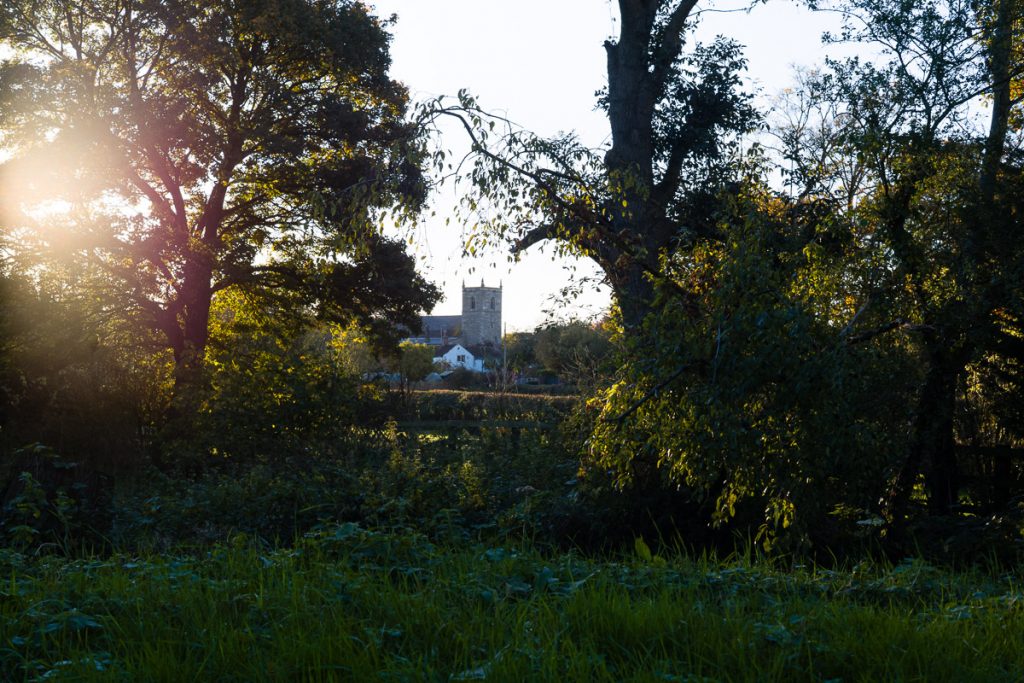
The photos in the post are not good, just snaps while walking the dog early one morning in a nearby village.
Zone focusing is something that is a bit of hit and miss for me. So I set myself a challenge this Sunday morning. I set the camera to f/11 with the depth of field scale keeping everything in focus from about 5 meters to infinity.

So instead of focusing I just snapped away.
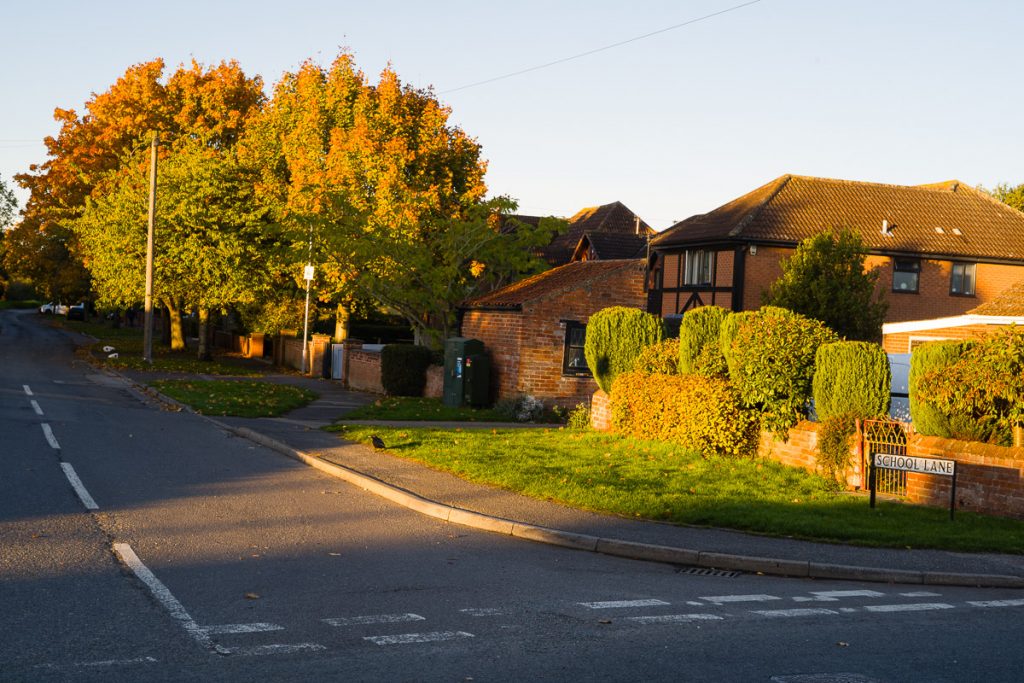
A circuit of the village capturing the light.
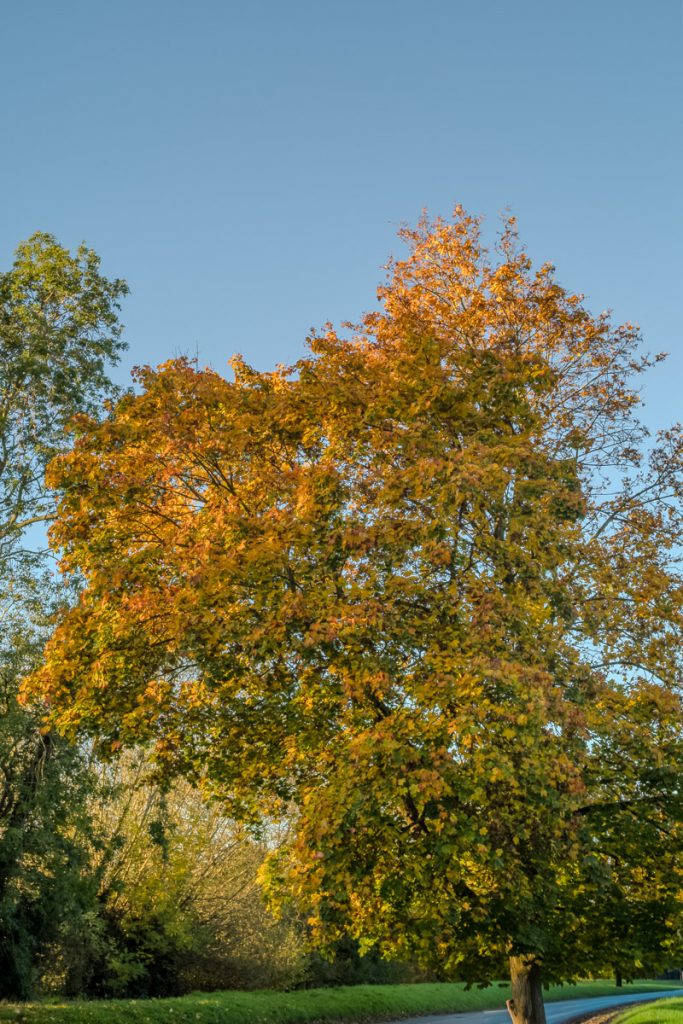
Definitely something I need to practice, a bit hit and miss, but worth having a few more attempts.
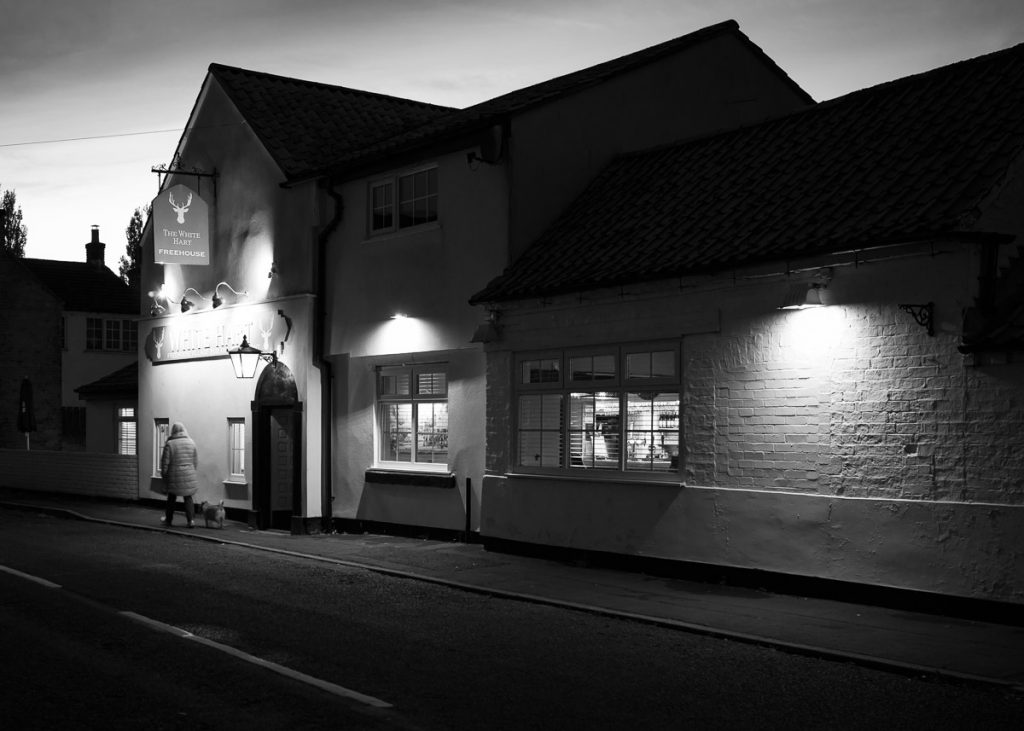
Nikon Zf
Nikkor Z 35mm f/1.8 S
35mm, 1/30 Sec at f/3.2, ISO400
Post Processed in Adobe Lightroom Classic V14.5.1